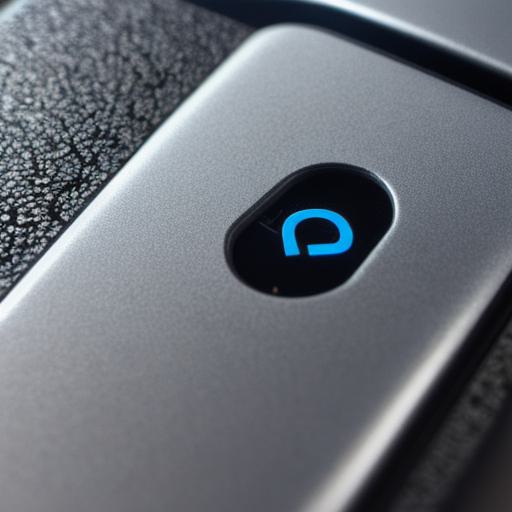Web3 is a decentralized ecosystem that offers numerous benefits, including greater security and privacy for users. However, as with any new technology, it also comes with its own set of challenges, especially when it comes to protecting your assets. In this article, we will discuss essential security measures that you can implement to safeguard your Web3 assets from potential threats.
Why Web3 Security is Important
Web3 applications are built on blockchain technology, which offers a decentralized and secure way to store and transfer data. However, this does not mean that Web3 applications are immune to security risks. In fact, as the adoption of Web3 continues to grow, so do the potential threats to your assets. Some of the most common threats include:
- Phishing attacks: These involve fraudulent attempts to trick users into revealing sensitive information or providing access to their accounts.
- Malware and viruses: These can infect your computer or mobile device and steal your Web3 assets.
- Smart contract vulnerabilities: These can occur due to coding errors, which can result in the loss of your assets.


How to Protect Your Web3 Assets
Now that we have established the importance of Web3 security let’s discuss some essential security measures that you can implement to safeguard your Web3 assets.
1. Use Strong Passwords
Using strong passwords is one of the most important security measures you can take to protect your Web3 assets. Your password should be long, complex and unique for each of your Web3 accounts. It’s also essential to use a password manager to securely store and manage your passwords.
- Enable Two-Factor Authentication (2FA)
Two-factor authentication adds an extra layer of security to your Web3 accounts by requiring you to provide two forms of identification before accessing them. This can include something you know, such as a password, and something you have, such as a physical device or a one-time code sent to your phone.
3. Keep Your Software Up-to-Date
Keeping your software up-to-date is critical for protecting your Web3 assets from known vulnerabilities. This includes updating your operating system, web browser and any other software that you use with your Web3 applications.
4. Beware of Phishing Attacks
Phishing attacks are one of the most common threats to Web3 users. To avoid falling victim to a phishing attack, always be wary of unsolicited emails or messages from unknown senders. It’s also essential to verify the sender’s identity before clicking on any links or providing any sensitive information.
- Use Antivirus and Anti-malware Software
Antivirus and anti-malware software can help protect your Web3 assets from malware and viruses by scanning your computer or mobile device for potential threats and removing them before they cause any damage.
6. Conduct Regular Security Audits
Regular security audits are an essential part of protecting your Web3 assets. These can help you identify potential vulnerabilities in your smart contracts, which can be fixed to prevent the loss of your assets.
Real-Life Examples of Web3 Security Breaches
To illustrate the importance of Web3 security, let’s take a look at some real-life examples of security breaches that have occurred in the Web3 ecosystem. In 2018, a hacker stole $30 million worth of ether from the decentralized exchange EtherDelta. The hacker was able to exploit a vulnerability in the smart contract, which allowed them to steal the assets without any trace.
Another example is the DAO hack that occurred
